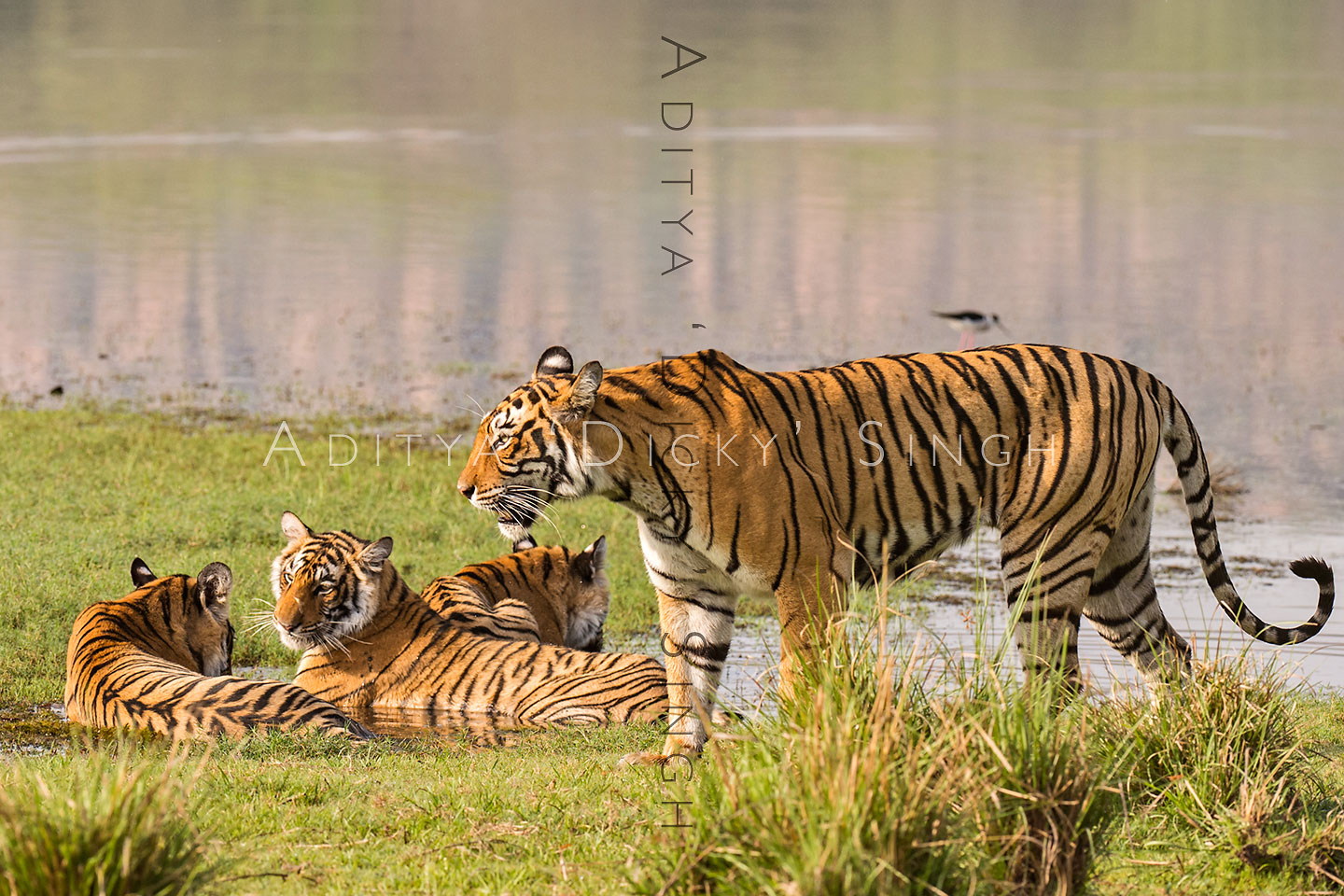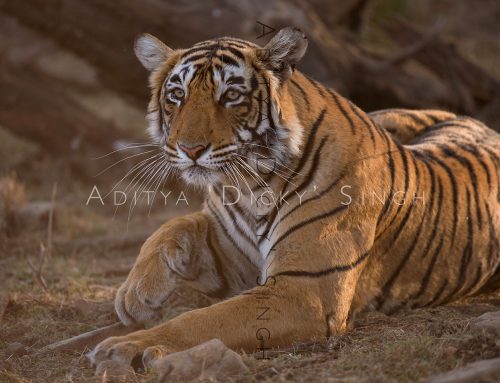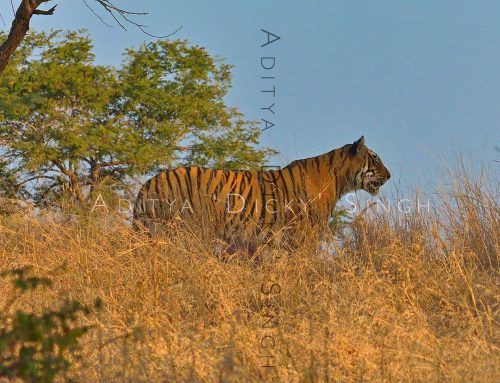Classification
Bagh (Hindi), Harimau (Malay), Tigris (Greek), Tigre (Spanish) are all names of the same animal that is known as tiger in English. Similarly, most living things have different names in different languages and there are between one and two billion living organisms. So many different common names for the same organism would have caused a lot of confusion. In order to eliminate this obvious confusion, scientists have devised a system of classification to give every living organism known to science a specific scientific (or Latin) name and place within the classification system. The common names may change but the scientific name almost never changes.
Carl Linnaeus first proposed the modern day classification system in the eighteenth century. He based his system on what is known as “binomial nomenclature” or naming every organism with a Generic first name (name of the genus) followed by a Specific name (name of the species). These names are always printed in Italics and the generic name starts with a capital alphabet while the specific name does not. The specific name always follows the generic name and in case the specific name is not known the abbreviation sp is used after the generic name. Traditionally scientific names were in Latin, which is the mother of most Eurasian languages. The choice of the actual name is left to the first person to identify the organism.
A species is a “closed” group of organisms that can successfully breed and produce fertile offspring. For instance, all the horses in the world belong to one species because they can breed a to produce fertile offspring. Similarly all the donkeys in world belong to one species. However, a donkey can breed with a horse to produce a mule but since mules (the offspring of a donkey and a horse) are not fertile (they can not breed) they are not classified as separate species (they are hybrids). Nor are horses and donkeys classified as the same species since they cannot breed to produce fertile offspring.
Biologically speaking species is the smallest viable group of organisms that can successfully propagate themselves. However, many species can be further sub divided into smaller groups that are different variations of the same species. These are known as sub species. The sub species are formed because of adaptation to different habitats. Though the sub species are different from each other but the differences are not large enough for them to be classified into separate species. In other words, members of two different sub species can breed to produce fertile offspring. To notify different sub species a third name (called trinomial) is applied along with the generic and specific names. For instance Panthera tigris is the scientific name for tigers but Panthera tigris tigris is the scientific name for the Bengal tiger, one of the sub species of tiger species.
So the first stage of classification, called Kingdom, separates organisms into plants and animals on the basis of their cell structure. The kingdoms are further divided into Phylum (and sub phylum), which in turn are further divided into Class (and sub class). The Class (or sub class) is further divided into Order, Family (and sun family) and finally into Genus. While at the last stage the Genus is subdivided into Species (and sub species) level.

The tiger is scientifically classified as:
Kingdom: Animalia – [Animals as opposed to plants]
Phylum: Chordata – [Animals with natochord or supporting rod of cells
along upper surface]
Sub Phylum: Vertebrata – [Animals with backbones]
Class: Mammalia – [Animals that suckle their young]
Sub Class: Eutheria – [Mammals whose young develop for a while in the
female’s reproductive tract and get nourishment from the placenta]
Order: Carnivora – [Meat eaters]
Family: Felidae – Cats
Subfamily: Pantherinae – Big cats
Genus: Panthera – True Big cats or Roaring cats
Species: Panthera tigris
Subspecies: Panthera tigris altaica
Panthera tigris amoyensis
Panthera tigris balica – Extinct
Panthera tigris corbetti
Panthera tigris jacksoni
Panthera tigris sondaica – Extinct
Panthera tigris sumatrae
Panthera tigris tigris
Panthera tigris virgata – Extinct
[Animals as opposed to plants]
Phylum: Chordata – [Animals with natochord or supporting rod of cells
along upper surface]
Sub Phylum: Vertebrata – [Animals with backbones]
Class: Mammalia – [Animals that suckle their young]
Sub Class: Eutheria – [Mammals whose young develop for a while in the
female’s reproductive tract and get nourishment from the placenta]
Order: Carnivora – [Meat eaters]
Family: Felidae – Cats
Subfamily: Pantherinae – Big cats
Genus: Panthera – True Big cats or Roaring cats
Species: Panthera tigris
Subspecies: Panthera tigris altaica
Panthera tigris amoyensis
Panthera tigris balica – Extinct
Panthera tigris corbetti
Panthera tigris jacksoni
Panthera tigris sondaica – Extinct
Panthera tigris sumatrae
Panthera tigris tigris
Panthera tigris virgata – Extinct




